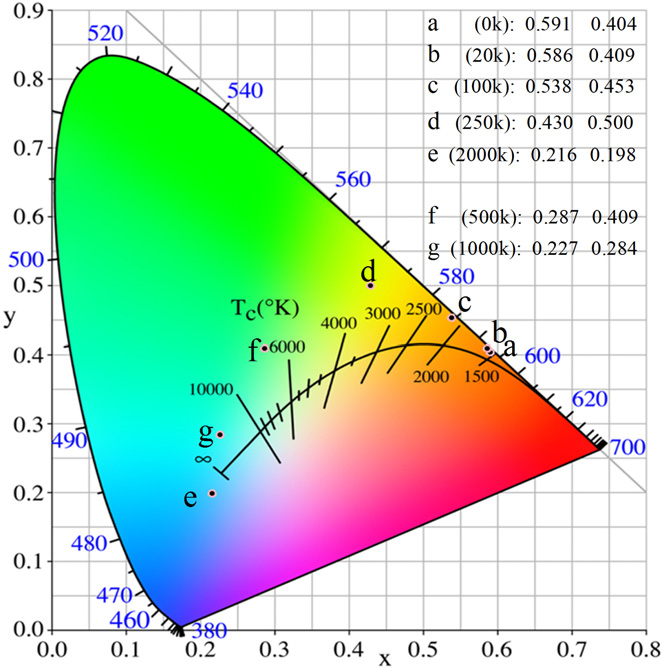Pengfei Wang’s research team demonstrate for the first time that the tunable broadband emission from red to blue can be obtained by gamma radiation in multicomponent phosphate glasses. Gamma radiation causes the increased phosphate-related non-bridging oxygen hole center and oxygen hole center defects, which lead to the enhanced emission peaking at 452 nm. Meanwhile, the vibration amplitude of O-P-O chain's internal decrease, resulting in the decreased emission at 660 nm. Besides, the increased isolated phosphate units (Q(0) and Q(1)), as well as the gradual decrease in P atoms that make up the main phosphate chain contribute to the blue-shift of the main emission peak at 616 nm, which directly results in the tunable broadband emission from 616 to 460 nm. The gamma radiation process endows this type of multicomponent phosphate glasses with promising applications in solid-state lighting devices.

(Original research article "Journal of the American Ceramic Society Vol. 102, Issue 1, pp. 48-52 (2019) https://ceramics.onlinelibrary.wiley.com/doi/full/10.1111/jace.15986 ")


